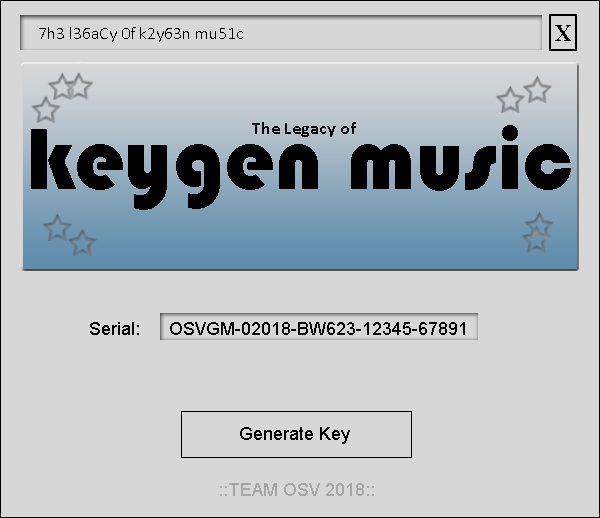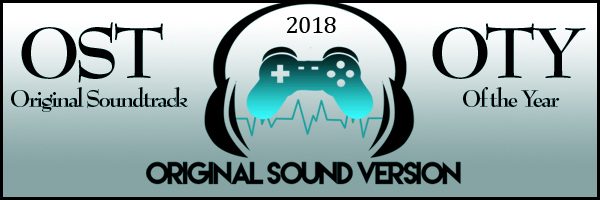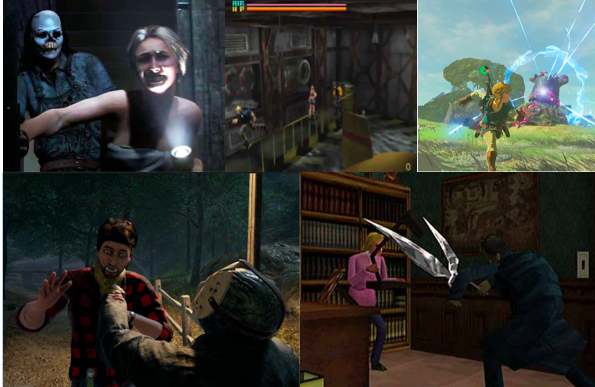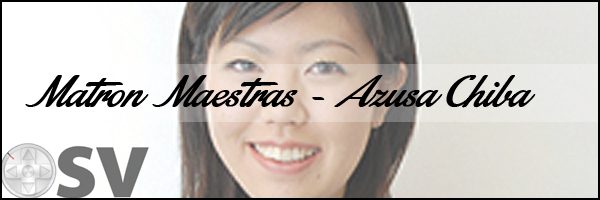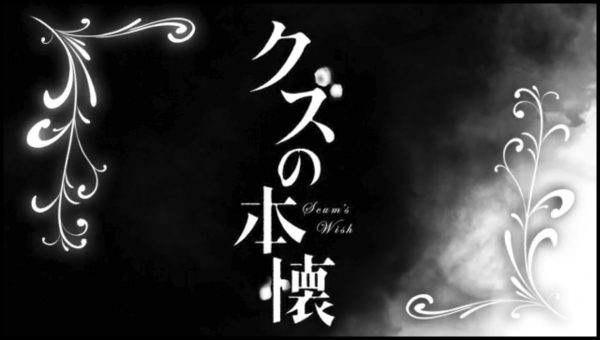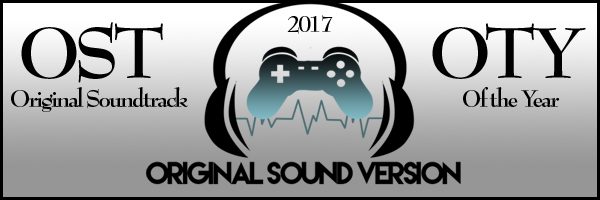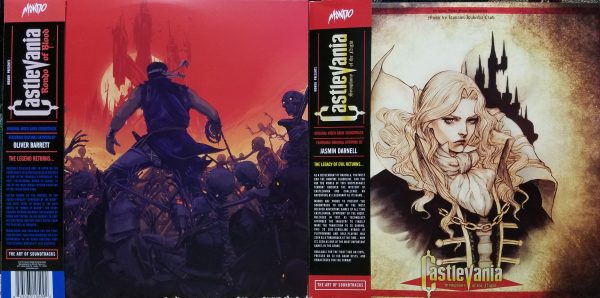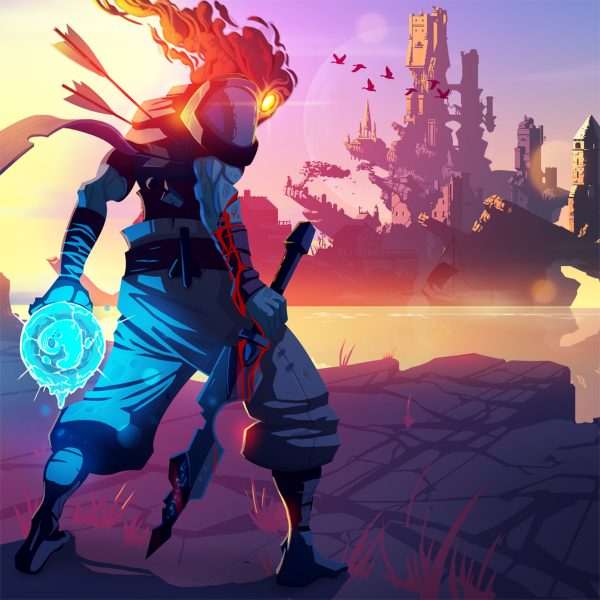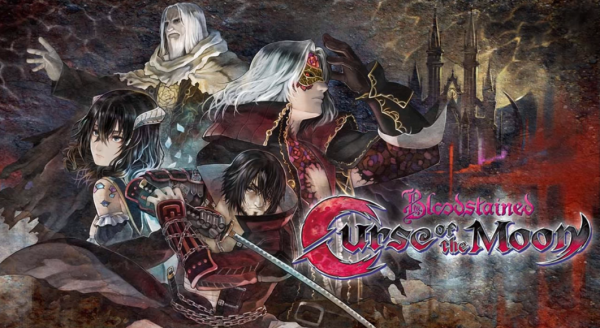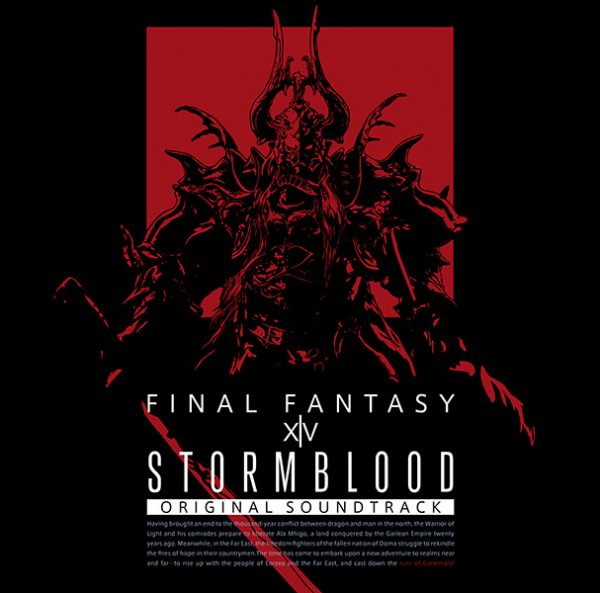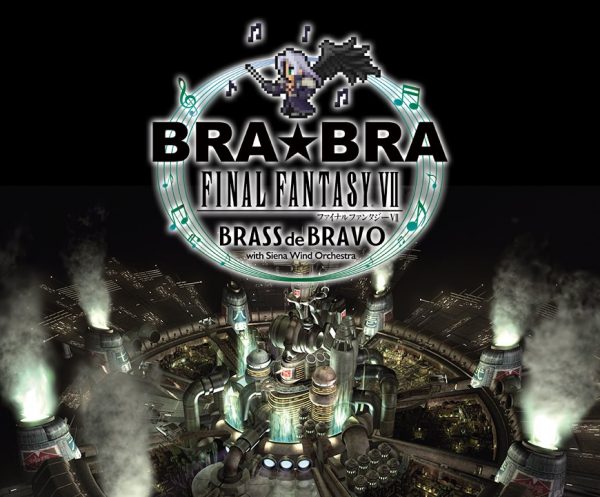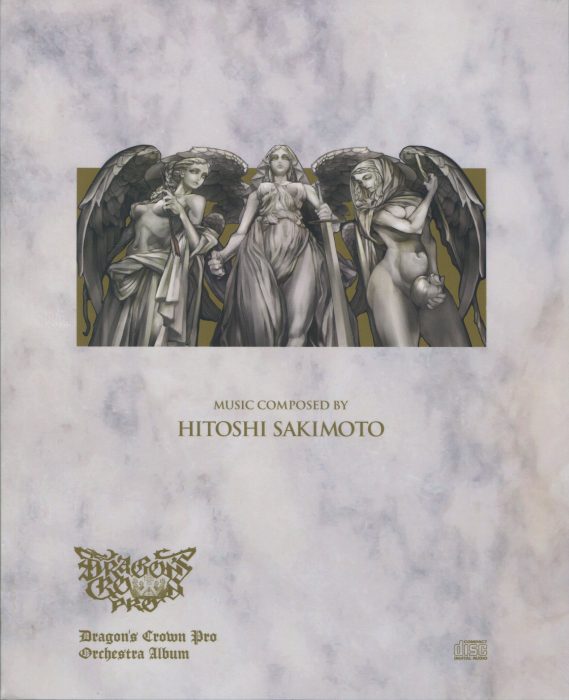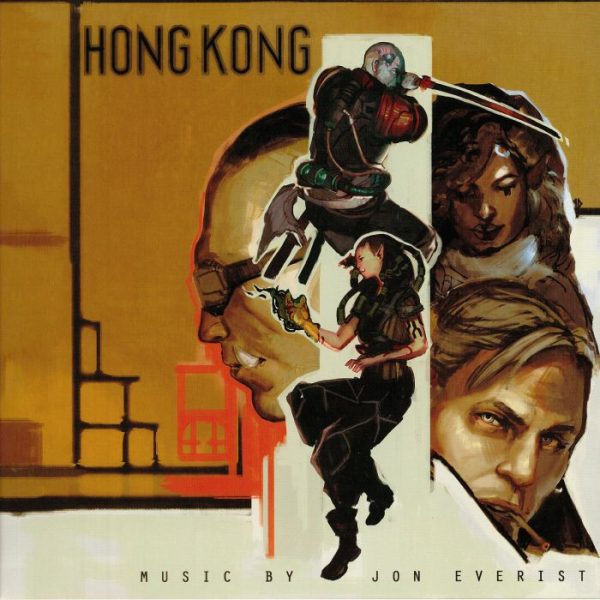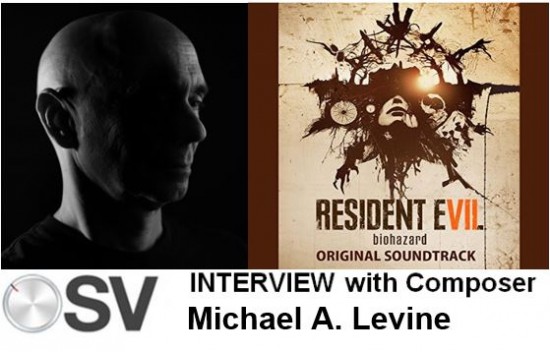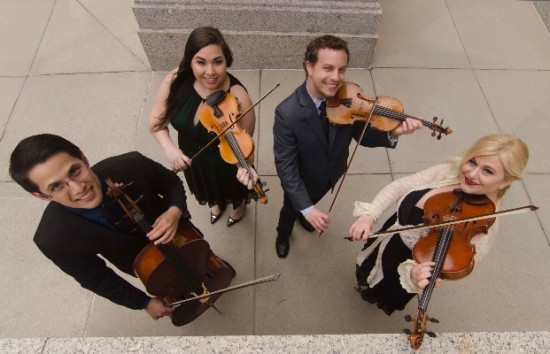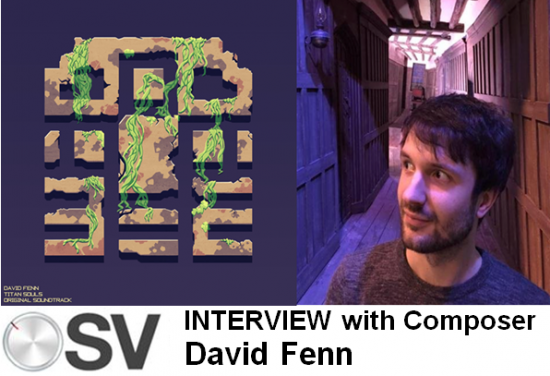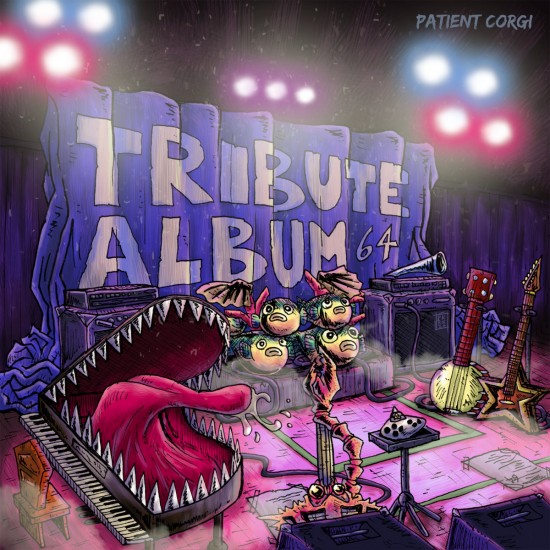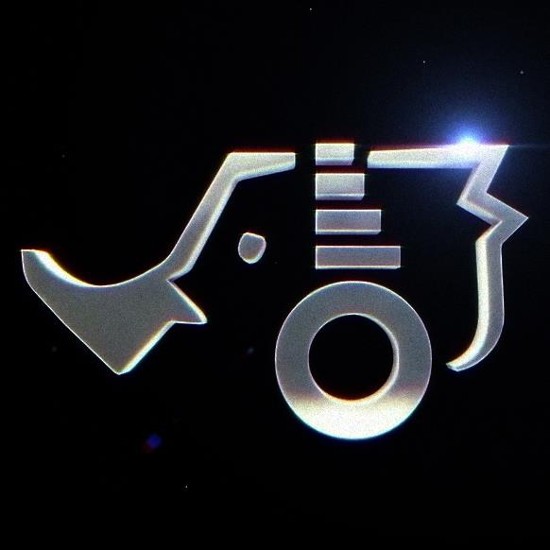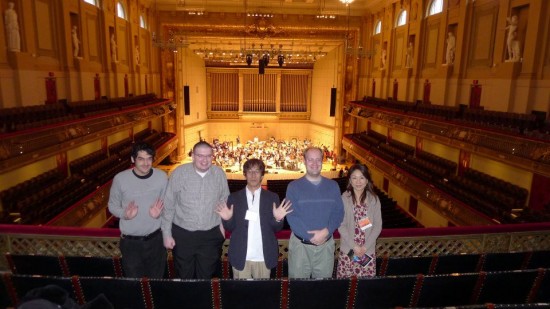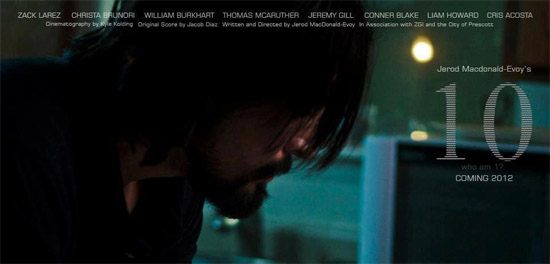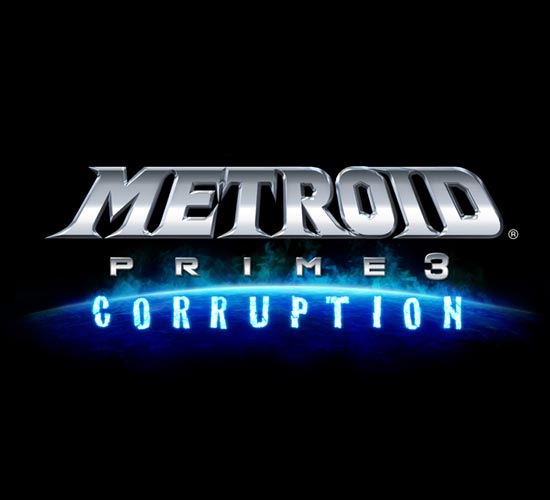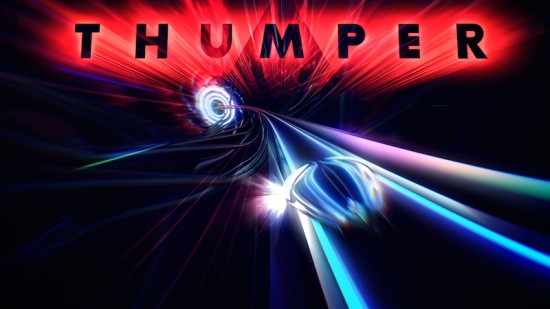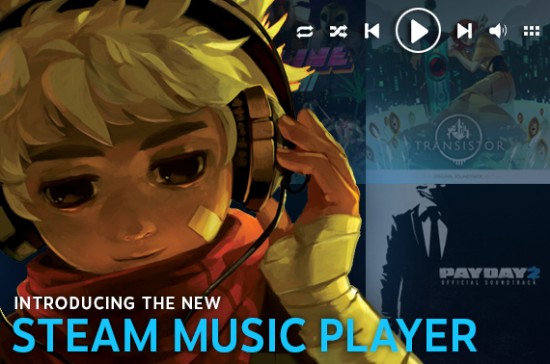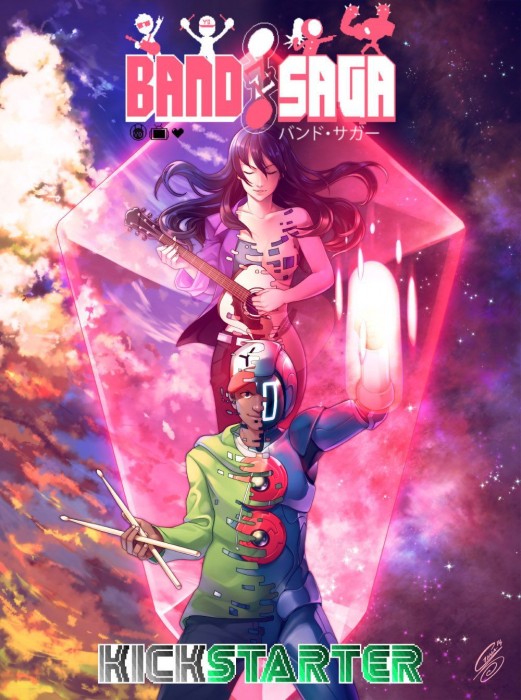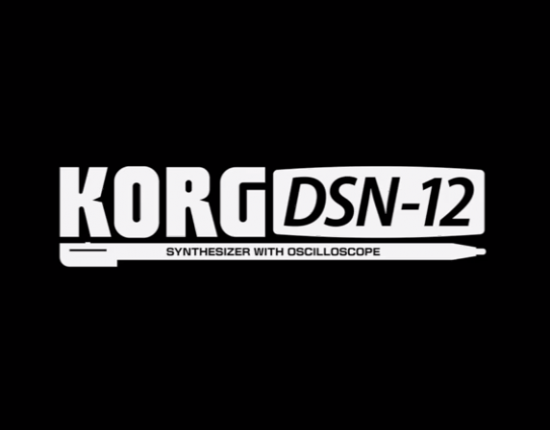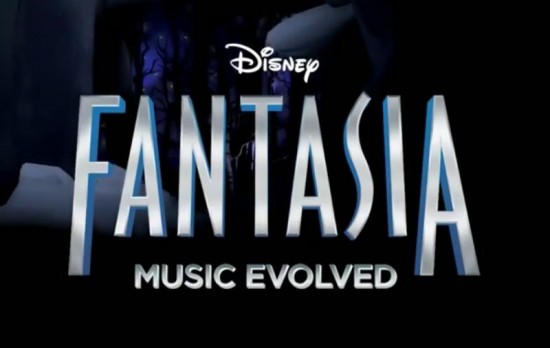Software
-
Featured, Software
PAX East Preview: Thumper
Every PAX East features a wide array of companies and developers showing off their upcoming or recently released games. Here at Original Sound Version, we like to highlight some of the music related games that we come across during the event. These often end up being rhythm games, but this can also include other game genres where music is a vital element. A good example of this would be the FRACT OSC game that we previewed at last year’s PAX East. This year we will be highlighting two upcoming games that were on display at the PAX East Expo floor.
Our first preview is an action rhythm game called Thumper. This was one of the many titles featured at the PAX East Indie Megabooth. The game is currently being developed by Marc Flury and Brian Gibson, who have both worked on rhythm game titles at Harmonix. Flury acts as the lead programmer, with Gibson providing his music and art talents for the look and sound of the game. (more…)
-
Featured, Gear, Software
Rhapsody: Orchestral Percussion (Review)
October 29, 2014 | Michael Hoffmann | Comments Off on Rhapsody: Orchestral Percussion (Review) Share this

Here on OSV we primarily focus on soundtracks and remix albums for videogames. However, every once in a while we like to take a look at some of the music software that’s available for composers to implement in their virtual instrument libraries. Such is the case with today’s review. This time around we will be looking at Impact Soundworks new percussion library Rhapsody: Orchestral Percussion.
The software, as the name implies, is focused on providing a realistic orchestral percussion library for composers and musicians. You won’t be dealing with any synth or electronic drums in this program. The primary focus here is on acoustic instruments, both from western and eastern parts of the world. Impact Soundworks has created and released various types of instrument libraries over the years. These have included guitar libraries, vocal ensembles, and a hybrid synth program, the latter of which we reviewed on OSV earlier this year. This new instrument library was designed by Dickie Chapin & Andrew Aversa. Like their previous products, the program is designed to work with any DAW (Digital Audio Workstation) through the software application Kontakt 5. For this review, I’ll be examining the program, analyzing how well the instruments work, and the overall quality of the product for the end user. With all of that said, let’s take a look at Rhapsody: Orchestral Percussion. (more…)
-
Game Music, Software
Valve Releases the Steam Music Player
September 29, 2014 | Michael Hoffmann | Comments Off on Valve Releases the Steam Music Player Share this

The Steam Music Player, which has been in beta for a while now, has finally received its official launch. The program allows you to access your music through the Steam Overlay. It’s essentially a mini music player, similar to Apple’s iTunes mini player, that lets Steam users play and search through their music collection by album, artist, or track name without having to exit the game they are playing. The program can also scan the user’s computer and find music files for playback. This includes anything on iTunes libraries and any of the soundtrack DLC that has been downloaded off of Steam.
Currently the Steam Music Player only recognizes MP3s for playback. According to their announcement and FAQ, Valve plans on adding more features to the system, including support for more audio formats. This will be a much welcomed improvement, since many people, myself included, have music libraries that contain higher quality audio files, not just MP3s. Even with its current limitations, it’s nice to have easy access to your music collection, without having to exit the game or having to play the game in a windowed mode.
To help celebrate the official release, Valve has also made their soundtrack DLC available for free for people who already own the games. So if you’ve ever wanted to grab the soundtracks for Portal, Portal 2, or the Half-Life series, now is your chance. The offer on the soundtrack DLC expires on October 1st, so grab the albums while you can.
Source: Steam
-
Game Music, Indie Music, Software
Check Out Band Saga, a Music-Generated Roguelike
September 18, 2014 | Michael Hoffmann | Comments Off on Check Out Band Saga, a Music-Generated Roguelike Share this

A roguelike that uses sound generation and music sequencers to create a game environment? Okay, that will certainly get our attention. Band Saga is a game that is currently looking for funds through Kickstarter to aid its development. The project is headed by a team of two, Roger Hicks and Hillmon Ancrum. The duo is hoping to turn their current game prototype into a full game for Mac, PC, Linux, and iOS.
Band Saga is, as mentioned, a music generated roguelike. Each item, enemy, and level is tied to a specific element of the music. As you explore and unlock new sounds, characters, and items, you can manipulate parts of the soundtrack through a sequencer to change the game world. The game’s art style sticks to a 16-bit graphic aesthetic, while the music that is generated takes its cues from the FM synth sounds of the Sega Genesis. You can see and hear this all in action in the demo video below.
As a nice little bonus, the soundtrack for Band Saga is already available on Bandcamp. The soundtrack is primarily written by Rekcahdam (aka Roger Hicks), but also features a number of guest artists. These include some familiar game music names like Laura Shigihara, Disasterpeace, Stemage, and Danimal Cannon. The project has less than two weeks left. If a music based roguelike sounds like your idea of a great time, check out the Band Saga Kickstarter and be sure to take a listen to the released soundtrack.
-
Featured, Gear, Music Production, Software
The Korg DSN-12 Synthesizer Will Be Released on the 3DS This Fall
June 30, 2014 | Michael Hoffmann | Comments Off on The Korg DSN-12 Synthesizer Will Be Released on the 3DS This Fall Share this

Detune, the company which brought the Korg M01D to the Nintendo 3DS last year, is bringing another synthesizer program to the platform. This latest music program is the Korg DSN-12.
What on earth is the Korg DSN-12? Well, it’s a synthesizer program that allows you to assemble music patterns to create your own songs. There are twelve analog monophonic synthesizers, sixty four sequence steps for building songs, a series of effects that you can use for the synths, and the ability for users to exchange and share data between systems.
One of the main features is a 3D oscilloscope, which gives you a visual representation of the sounds that you are creating. You can see this used in the demo songs below.
Because this is on the 3DS, users can make use of the touch screen to configure note patterns, sequences, and other attributes. With these tools you can create real time changes in a live performance or simply build a sequence for a static composition. The Korg DSN-12 will be coming to the US and Europe on the Nintendo eShop this fall for the 3DS and 2DS. Be sure to check out Detune’s main site for more information.
Source: Detune
-
Featured, Software
PAX East Preview: Fantasia Music Evolved
April 30, 2014 | Michael Hoffmann | Comments Off on PAX East Preview: Fantasia Music Evolved Share this

For our last PAX East 2014 preview, we are taking a look at Harmonix’s upcoming game Fantasia Music Evolved. While technically this preview was offered off site from the main convention, it was something intended for PAX East attendees and press. This special event was held at the restaurant Trade just a short walk from the main convention and was hosted by Harmonix, Destructoid, and ASTRO Gaming. The event was a chance to showcase the game’s multi-player mode and to announce some of the new pieces being added to the game. Harmonix is a company known for developing the first few Guitar Hero games, Rock Band, and Dance Central. It makes sense that if you wanted to do a music game based off of Disney’s Fantasia, this is probably the group that you want.
Fantasia is a movie that most people are aware of, even if they haven’t seen it. For those of you who aren’t familiar with the film, Fantasia was a film released in 1940 by Walt Disney Productions. The movie is a collection eight animated segments that are artistic interpretations of eight different pieces of classical music. Each segment featured different types of animation and presentations. Some segments like Bach’s “Toccata and Fugue in D Minor” (in the video below) are more abstract, with animation slowly being introduced and eventually taking over the screen.
Others like Beethoven’s “Symphony No. 6 ‘Pastoral'” featured animation with some distinct characters whose actions matched the mood and structure of the music. Finally, other segments featured more fully realized plots that matched the music, such as the well known “Sorcerer’s Apprentice” segment. Fantasia, simply put, is an artistic masterpiece. A beautiful combination of animation and classical music that is considered by many, including myself, to be one of the greatest films that Disney ever created. A collection of eight pieces of animation, inspired by some of the greatest music ever written. So how did Harmonix approach making a game inspired by this movie? Read on to find out. (more…)
-
Featured, Game Music, Reviews, Software
FRACT OSC (Game Review)
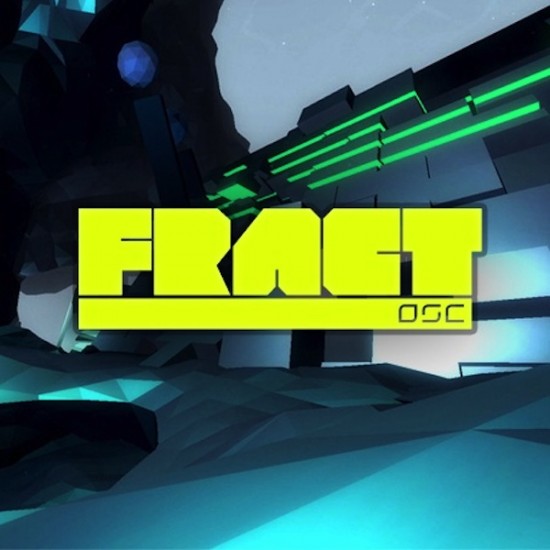
Yes, you are reading the title of this review correctly. This is a review of an entire game, rather than just the soundtrack. It seems like an unusual move for Original Sound Version, but this game proves to be an interesting exception. FRACT OSC is a game that is focused on the creation of music as its primary gameplay mechanic. It goes far beyond the usual use of interactive music in a game setting. While we could do a simple review of the soundtrack itself, it’s almost impossible to discuss the music without going into detail how the music is generated in the game. That said, it seems more appropriate to actually discuss the game, as well as the music. So consider this a review an analysis of both the game and the soundtrack.
As mentioned in our PAX East preview, FRACT OSC is a first-person exploration game that revolves around the creation of music. The game was created by Richard E Flanagan, Quynh Nguyen, and Henk Boom of Phosfiend Systems. The gameplay is similar to exploration games like Myst or Riven. It’s all about the puzzles and exploration, with your progress only limited by your ability to solve problems. Originally the game was set to have multiple worlds with each world focusing on different music elements. One world, for example, would be centered around drums and rhythm. Eventually realizing that this approach might be a little too ambitious, the creators scaled it down to one world focusing on synthesizers and oscillation. Hence the subtitle OSC, short for oscillator, in the game’s name. An oscillator, in this case, is referring to the electric circuit that is used to generate electronic sound waves. So does the final product live up to its original premise? Read on to find out. (more…)
| « Next Entries | Previous Entries » |
|---|
